More
Effective Tips for Choosing the Right Holster for Concealed Carry
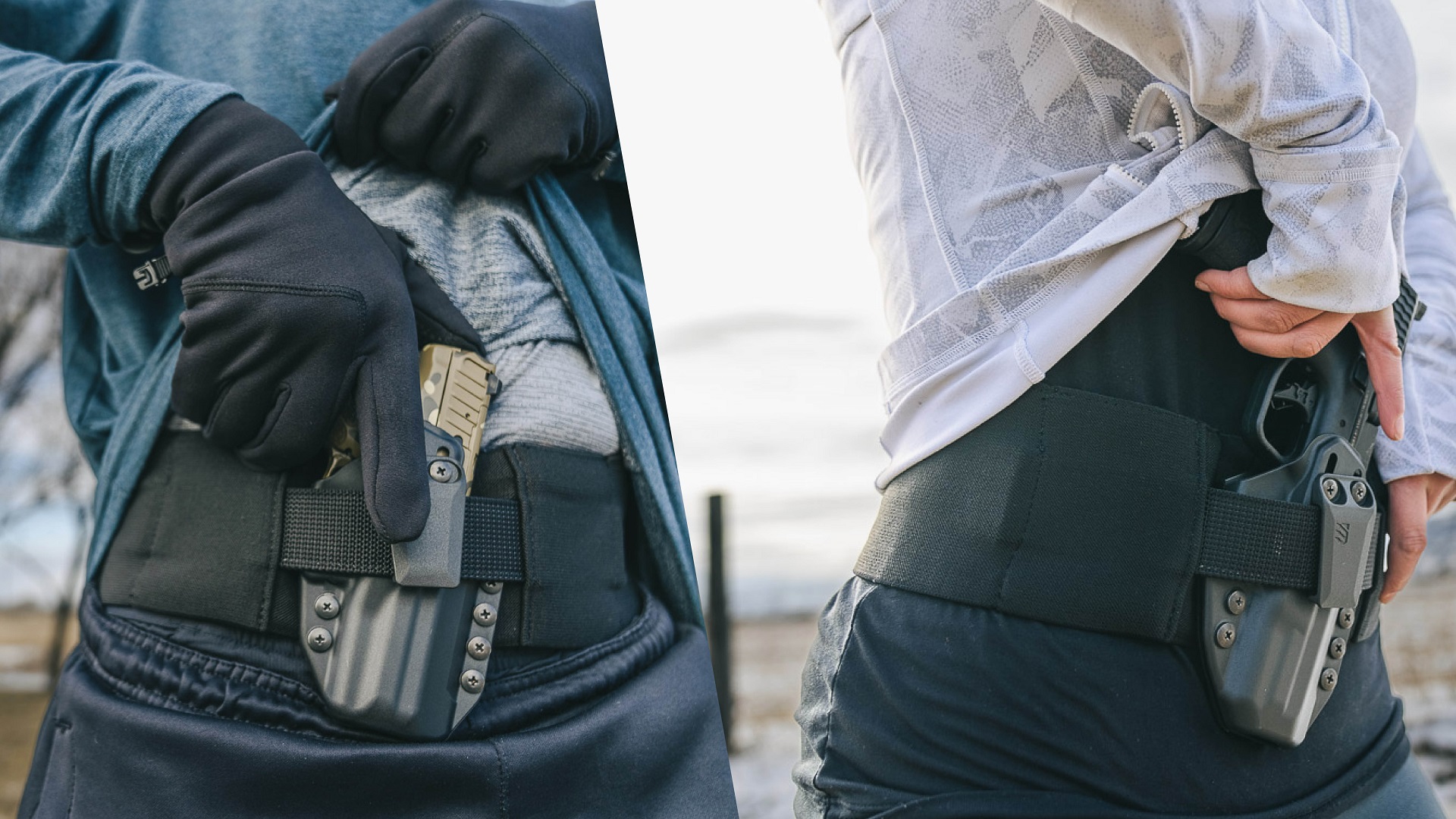
Importance of the Right Holster
Choosing the right holster is critical for anyone involved in concealed carry. A well-selected holster ensures your firearm’s security and enhances your comfort and safety throughout the day. There are various concealment holsters available that cater to different needs and preferences. Opting for a holster that matches your needs can prevent accidents and guarantee swift access to your firearm when necessary. Ensuring the holster fits well and stays secure is essential for safety and convenience. The significance of an adequately chosen holster cannot be stressed enough, as it directly impacts ease of draw and daily comfort.
Types of Holsters
Several holsters are designed to accommodate various usage scenarios and personal preferences. Understanding the different types available can help you make a more informed decision:
- IWB (Inside the Waistband): This type of holster offers high concealment and is ideal for everyday carry. It is worn inside the waistband, making it less visible under clothing.
- OWB (Outside the Waistband): These holsters provide a more comfortable carry option as they are worn outside the waistband. However, they require a cover garment to maintain concealment.
- Shoulder Holsters: These are useful for those who spend a lot of time sitting, such as drivers. They can be worn under a jacket for easy access while seated.
- Ankle Holsters: Often used for carrying a backup firearm, ankle holsters are ideal for those who want additional protection or have particular concealment needs.
Material Considerations
Holsters are made from various materials, each with its benefits and drawbacks. The material you choose can affect the holster’s comfort, durability, and retention:
- Leather: Known for its comfort and durability, leather holsters mold to your body over time, providing a custom fit. This natural material is favored for its classic aesthetic and long-lasting properties.
- Kydex: Highly regarded for its rigidity and retention, Kydex holsters are molded to fit the specific firearm perfectly. They offer excellent firearm retention and are easy to clean and maintain.
- Nylon: Lightweight and flexible, nylon holsters are often less durable than leather or Kydex but provide a more affordable and versatile option. Nylon is also generally more comfortable due to its soft texture.
Comfort and Fit
Comfort is paramount when choosing a holster, especially for those who plan to carry it daily. Ensuring your holster fits snugly against your body without irritating you is crucial for daily wearability. Trying out several designs to find the ideal balance between comfort and functionality might be helpful. The perfect fit can significantly enhance your concealed carry experience. Additionally, consider the adjustability of the holster. Some holsters offer customizable features such as adjustable cant and retention, allowing for a more personalized fit. This can be particularly beneficial if you frequently change your carry position or attire.
Safety Features
A good holster should incorporate safety features to prevent accidental discharge and ensure secure firearm retention. Look for holsters that offer trigger guard coverage and retention mechanisms. These features ensure your firearm remains secure and reduce the likelihood of accidental discharge. Trigger guard coverage is essential as it protects the trigger from being accidentally engaged while the gun is holstered. Retention mechanisms can include passive retention, such as friction, or active retention, such as thumb breaks or straps.
Accessibility and Draw Speed
Your holster should allow for quick and easy access to your firearm. Consider the placement, draw angle, and holster design, as these factors can significantly influence your draw speed, which can be critical in high-stress situations. The importance of accessibility and draw speed cannot be overstated. Practice drawing from your holster to ensure a smooth and efficient draw. Regular practice can help you become more proficient and comfortable with your carry setup. Additionally, consider the holster’s position on your body, as different positions can affect your draw speed and accessibility.
Concealability
Concealment is a significant aspect of carrying a firearm. Choose a holster that can be easily hidden under your clothes while maintaining a natural appearance. The goal is to have your firearm discreetly without drawing attention. This often requires a balance between the size of the holster and its design. Take into consideration your typical attire when selecting a holster. Certain clothing styles may make concealing a firearm easier or more challenging. Holsters with a smaller profile and minimal printing can enhance concealability, making it easier to carry without detection.
Maintenance and Care
Lastly, consider the maintenance and care required for your holster. Different materials necessitate varied care routines to ensure longevity and performance. For example, leather holsters require regular conditioning to keep the material supple and prevent cracking. Kydex holsters need simple cleaning with soap and water to remove debris and maintain functionality. Nylon holsters may require occasional maintenance to remove dirt and grime, ensuring the holster remains in good condition. Proper maintenance extends your holster’s life and ensures it continues to function correctly. Regularly inspecting your holster for signs of wear or damage can prevent potential issues and maintain the safety and security of your concealed carry setup.
More
Modern Fence Designs: Sleek and Contemporary Options
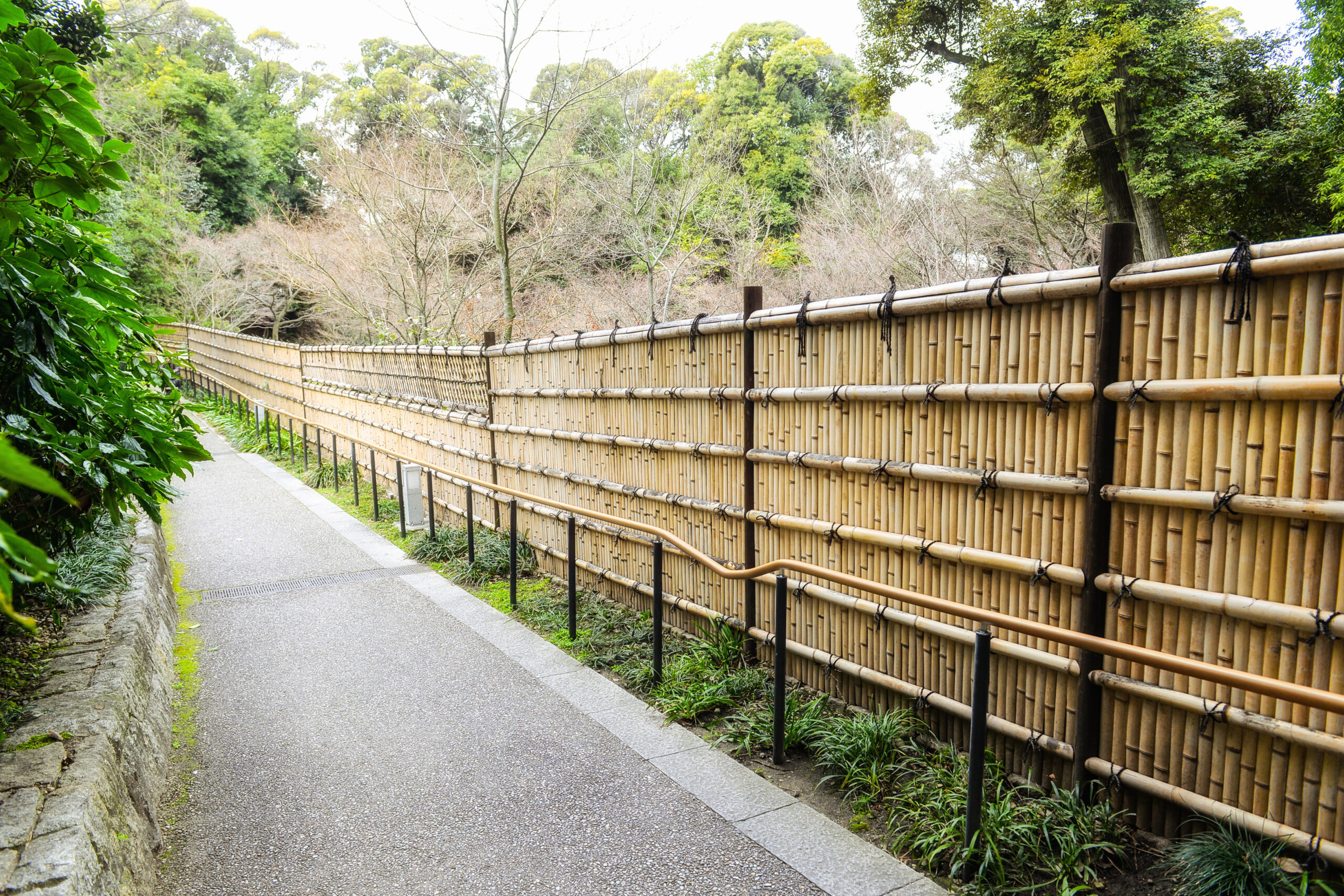
The possibilities available to you when selecting materials for your home renovation projects often seem endless. Every material, from contemporary composites to conventional wood, has unique advantages and appeals. For example, composites are durable and require minimal care, whereas wood has a classic look and feel but needs frequent maintenance. Likewise, metal fencing is a popular option for homes since it offers both security and a modern appearance. When considering hiring a fencing contractor Lake County IL, it’s essential to carefully consider the pros and cons of each material according to your exact requirements and personal preferences. Knowing the many material possibilities can help you make an informed decision that will increase the value and appeal of your property, regardless of your goals—style, lifespan, or simplicity of maintenance.
Design Trends
Modern fence designs are recognized for their clean lines and minimalist aesthetics, which can transform outdoor spaces. Horizontal slats create a streamlined look, making yards appear larger and more cohesive. Materials like metal and high-quality wood can enhance their sleekness. Gabion walls, filled with wire cages filled with rocks or other materials, offer a unique and industrial chic look. Initially popular in landscape architecture, they have now become popular in residential designs for their durability and effective erosion control. Their modular nature allows for creative uses like seating or planters. Mixed materials, such as wood and metal, create a striking contrast and add texture and interest to a property. The inherent beauty of the wood can be preserved while increasing durability with iron or aluminum frames and hardwood slats.
Installation Tips
A modern fence’s lifetime and functionality depend heavily on its installation. Start by ensuring that your posts are securely anchored. This step provides the necessary support for your fence panels and is essential for maintaining the structure’s integrity. Without strong posts, your fence could lean or fall over time, which compromises both its functionality and appearance.
Steps for Installing Modern Fences:
- Plan and mark your fence line. Begin with a detailed plan that includes all measurements and materials required.
- Dig post holes below the frost line for stability. This depth ensures that the posts won’t be heaved by frost in colder climates, maintaining a solid base all year round.
- Securely anchor the posts with concrete. Fill the post’s hole with concrete, then let it cure in accordance with the manufacturer’s recommendations.
- Attach the panels, checking for level and alignment regularly. Using a level ensures that each panel is perfectly straight, maintaining the clean lines that are the signature of modern fence designs.
- Finish with appropriate hardware and treatments for the materials used. For wood, this might include staining or sealing; for metals, applying rust-resistant coatings.
It’s also advisable to follow local regulations and zoning laws regarding fence height and property lines. This will guarantee that your fence satisfies all legal standards and assist you in avoiding any potential conflicts with your neighbors. Additionally, obtaining any necessary permits before starting the installation process can save time and legal hassles down the road.
Maintenance Suggestions
Maintaining a modern fence is easy, especially if made from durable materials. Frequent washing with a moderate soap and water solution can eliminate residues, dirt, and mildew, thereby maintaining the fence’s aesthetic appeal. Metal fences should be periodically checked for rust and treated immediately. Wooden fences may require occasional sealing or staining to protect against elements and prevent water damage, rot, and insect infestations. Composite materials require less maintenance, but regular inspections and timely addressing of minor issues can prevent costly repairs. Investing time in regular maintenance can significantly extend the life and durability of your fence, making it a striking feature in your yard. Making a monthly maintenance investment may guarantee that your fence continues to be a lovely and valuable addition to your home.
More
Commercial Paving: Maximizing Durability and Aesthetics
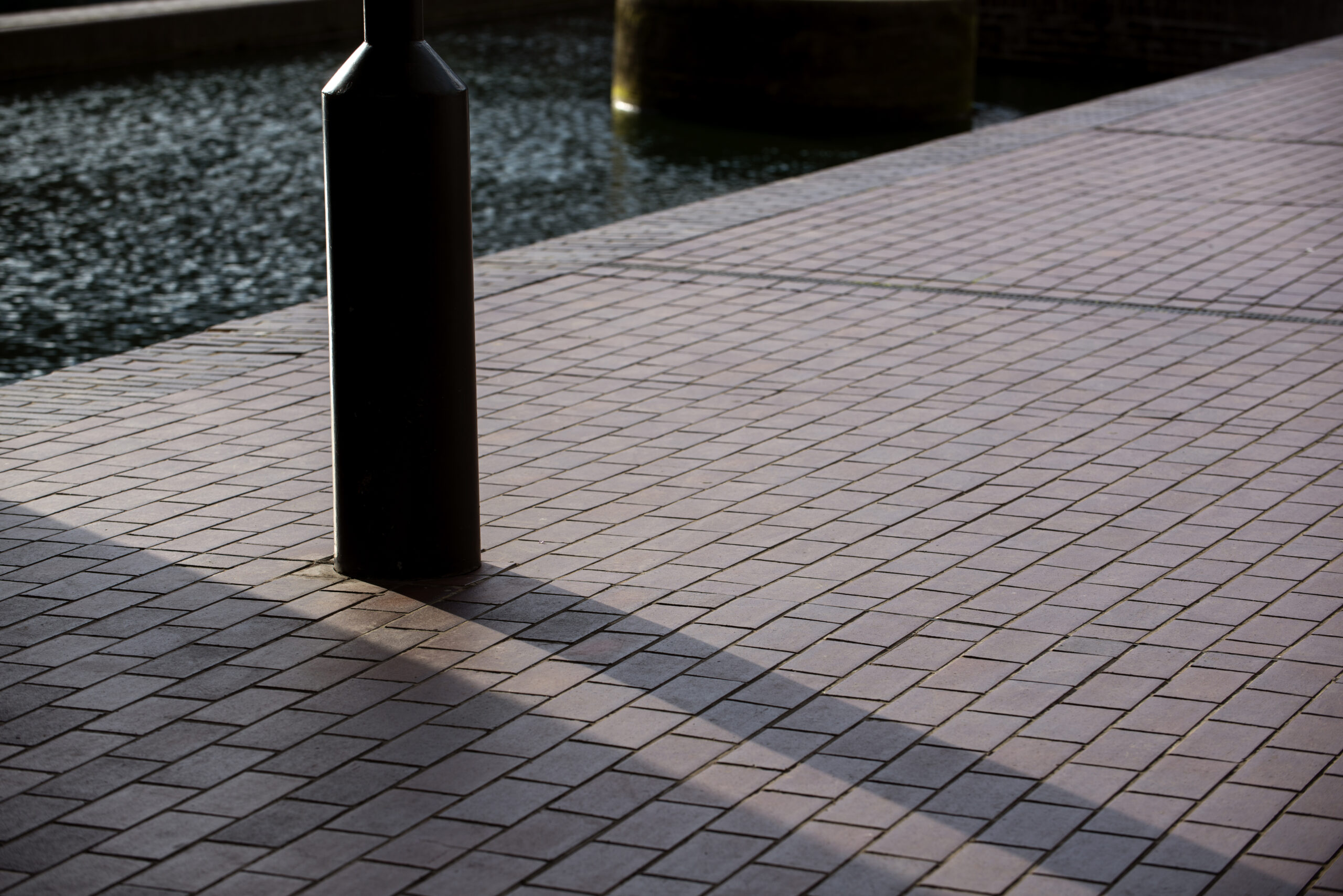
Paving is a crucial aspect of commercial spaces, requiring materials that can withstand constant use and harsh weather conditions. It is essential for maintaining a professional appearance and ensuring safety for visitors and vehicles. Failure can lead to hazards like potholes and cracks. Investing in durable paving options reduces the frequency and cost of repairs, allowing businesses to focus on core operations. By choosing materials and construction techniques known for longevity, businesses can handle the load of heavy vehicles and equipment commonly encountered in commercial areas. Therefore, paving is essential for maintaining a professional appearance and safety.
Choosing the Right Materials
Paving contractors Columbia, SC, offer sustainable options that balance strength and aesthetics, such as concrete and permeable pavements. Concrete is known for its durability and minimal maintenance, while permeable pavements manage stormwater runoff effectively. Asphalt is popular due to its flexibility and quick installation times, with advanced mixtures containing recycled materials. Maintaining high-quality materials ensures a longer lifespan and fewer repair costs. Asphalt’s dark surface absorbs heat, aiding in quicker snow and ice melt during winter months. Innovative materials like permeable concrete or modular paving units offer both durability and environmental benefits. These materials allow water to permeate through the surface, reducing runoff and promoting groundwater recharge. Incorporating green infrastructure into paving solutions can contribute to long-term sustainability goals while providing practical benefits like reduced flooding and improved urban aesthetics.
Importance of Aesthetic Appeal
Commercial paving not only enhances curb appeal but also boosts the brand image. Investing in aesthetically pleasing pavement can have long-term benefits, such as attracting customers and providing a luxurious appearance. Including greenery, such as planting trees or shrubs, can improve air quality and provide shade. Lighter-colored paving materials can reduce the urban heat island effect, creating a more comfortable outdoor environment. Artistic elements like custom inlays, colored pavers, and decorative borders can transform a mundane commercial space into an inviting and memorable locale, reinforcing the brand identity. A themed paving design can align with a company’s logo or corporate colors, providing a cohesive look that extends from interior spaces to exterior premises. This investment in aesthetics promises a bright and inviting future for your business.
Maintenance Tips for Long-Lasting Paving
Consistent upkeep is essential for maintaining the long-term strength and resilience of your paved surfaces. To begin with, make sure the area is free of leaves and debris. Over time, these materials can retain moisture and cause cracks. Applying seal coating every two to three years can shield against the damaging effects of UV rays and chemical spills, preventing oxidation and erosion. It’s also important to regularly inspect the pavement for any signs of damage, such as cracks or potholes, and promptly address them with suitable fillers or repairs to prevent further deterioration. Regular cleaning with a hose and a little detergent will help get rid of stains and stop moss or algae buildup, which could damage the surface. You can take pleasure in a smooth, safe, and aesthetically beautiful paved area for many years to come by following these easy guidelines.
Conclusion
In conclusion, maximizing the durability and aesthetics of commercial paving involves selecting suitable materials, focusing on visual appeal, and adhering to a robust maintenance routine. By doing so, businesses can ensure their paved surfaces not only look great but also stand the test of time. Investing in high-quality paving solutions now can lead to long-term savings and a more inviting environment for customers and visitors alike. With the right approach, commercial paving can be both a functional asset and a visual enhancement, contributing positively to the overall business landscape.
More
Creating Safe and Effective Horse Jumping Courses
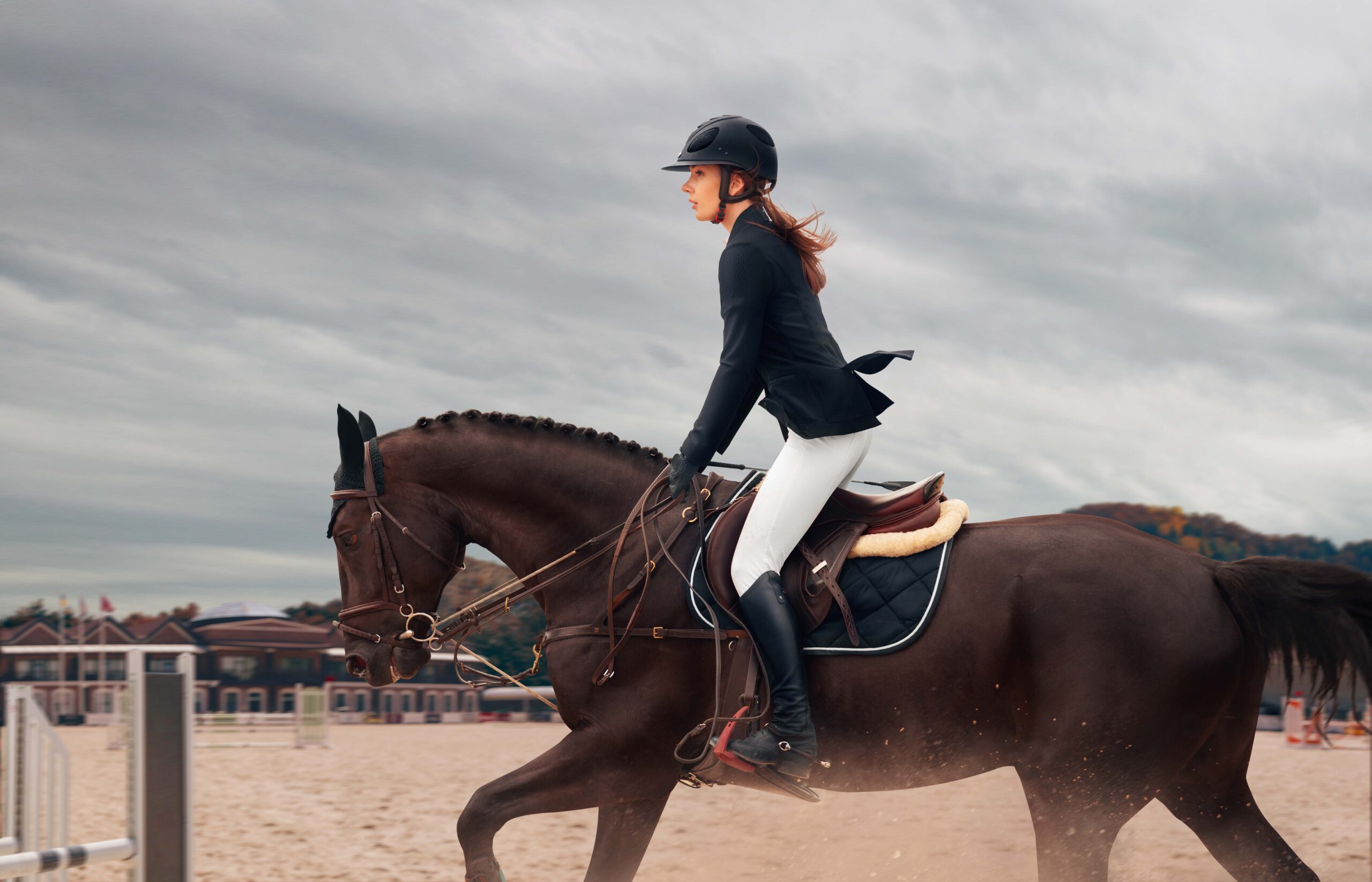
Designing a horse jumping course is both an art and a science. It involves a delicate balance between challenging the horse and rider while ensuring their safety and fostering skill development. Among the crucial components of a well-designed course are schooling horse jumps, which play a significant role in practice and training. You may design a course that will keep all students interested and safe with a careful approach. A well-crafted course not only improves the skills of the horse and rider but also enhances their confidence and experience.
Essential Elements of a Horse Jumping Course
Types of Jumps
Horse jumping courses feature various critical elements like different jump types, including verticals, oxers, water jumps, and combinations. Incorporating a variety of jump types helps to prepare both horses and riders for a range of competition scenarios. Vertical jumps consist of a single rail or plank, while oxers require a wider clearance. Water jumps provide an element of surprise and test the horses’ handling abilities.
Sequence and Layout
The sequence of obstacles and the overall layout of the course are equally vital. They should test the agility, speed, and precision of the horse and rider team without overwhelming them. Careful consideration of the distance between jumps and the angles of approach can significantly influence the difficulty and flow of the course. A thoughtfully laid-out course challenges the horse and rider to maintain a steady rhythm and proper stride, which are essential for successful completion.
Safety Measures in Horse Jumping
Selecting the Right Materials
Safety is paramount in horse jumping. From selecting suitable materials to ensuring the jumps are well-maintained, every aspect of the course should be designed with the horse and rider’s safety in mind. Using durable and reliable materials helps in minimizing the risk of accidents. Ensuring all jumps are appropriately weighted and secured is equally essential to prevent tipping over during a jump. High-grade plastic and treated wood are becoming attractive materials because of their safety features and longevity.
Regular Inspections and Maintenance
Proper safety measures in jumping can prevent accidents and enhance enjoyment. Regular inspections and maintenance of equipment address wear and tear promptly. Jumps should be checked for splinters, loose parts, and stability before use. Frequent audits ensure equipment meets safety standards, protecting both the horse and rider. Proper maintenance prolongs jumps’ life, making it a cost-effective strategy in the long run.
Materials and Standards for Effective Jumps
Choosing the suitable materials for your jumps is crucial. Superior materials not only guarantee the longevity of the leaps but also enhance the course’s safety. Because of their durability and strength, materials like metal, PVC, and treated wood are frequently utilized. Standards set by governing bodies like the United States Equestrian Federation guide the best practices for constructing and arranging jumps. Adhering to these standards helps maintain a uniform level of safety and challenge across different competitions.
Considerations for Different Skill Levels
When designing a horse jumping course, it’s essential to consider the skill levels of the participants. Beginners need different challenges compared to advanced riders. An extensive range of skill levels may be accommodated by varying the height and difficulty of the jumps, making the course accessible and pleasurable for every participant. For example, more minor, more straightforward jumps might be more suitable for novices, while more intricate setups with tighter turns and higher elevations can challenge seasoned riders. Tailoring the course to match the abilities of the participants ensures a more rewarding experience and promotes gradual improvement in skills.
Maintenance and Upkeep of Horse Jumps
Regular maintenance of horse jumps is essential to ensure they remain safe and effective. This entails appropriate storage, prompt repairs, and routine wear and tear examinations. Factors like weather conditions and frequent use can take a toll on the equipment, so it’s essential to address any issues immediately. Keeping the jumps in good condition not only extends their lifespan but also maintains the course’s safety standards. Routine checks should be integrated into the management schedule to ensure that all jumps are in top condition before any training or competition event.
-
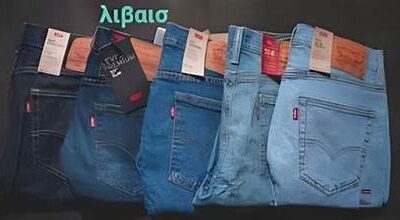
 Fashion10 months ago
Fashion10 months agoKnowing about λιβαισ
-

 Business11 months ago
Business11 months agoTourism: Exploring the World and Creating Memories
-
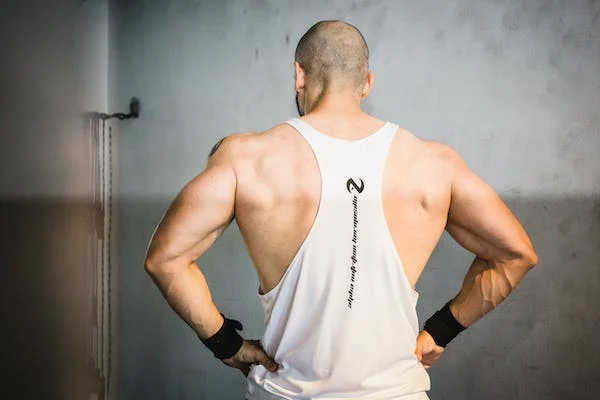
 Health11 months ago
Health11 months agoHow to Build Muscle: Your Guide to WellHealth Tag
-

 Tech10 months ago
Tech10 months agoExploring Futemax
-

 Uncategorized11 months ago
Uncategorized11 months agoUnveiling the Best Promo Codes for Pet Supplies
-

 ENTERTAINMENT10 months ago
ENTERTAINMENT10 months agoFNF Unblocked: Tuning Into the Rhythm of Uninterrupted Fun
-

 Business10 months ago
Business10 months agoKnowing about Mueller Settlement with Amazon
-

 News8 months ago
News8 months agoViolet Myers Passed Away
